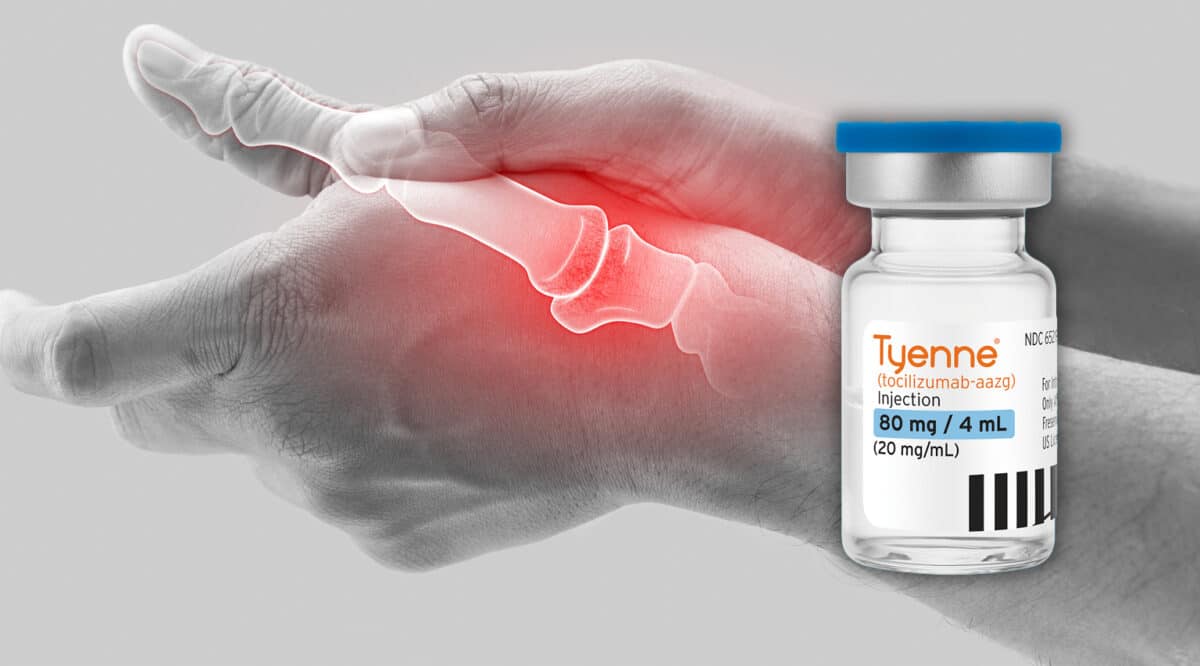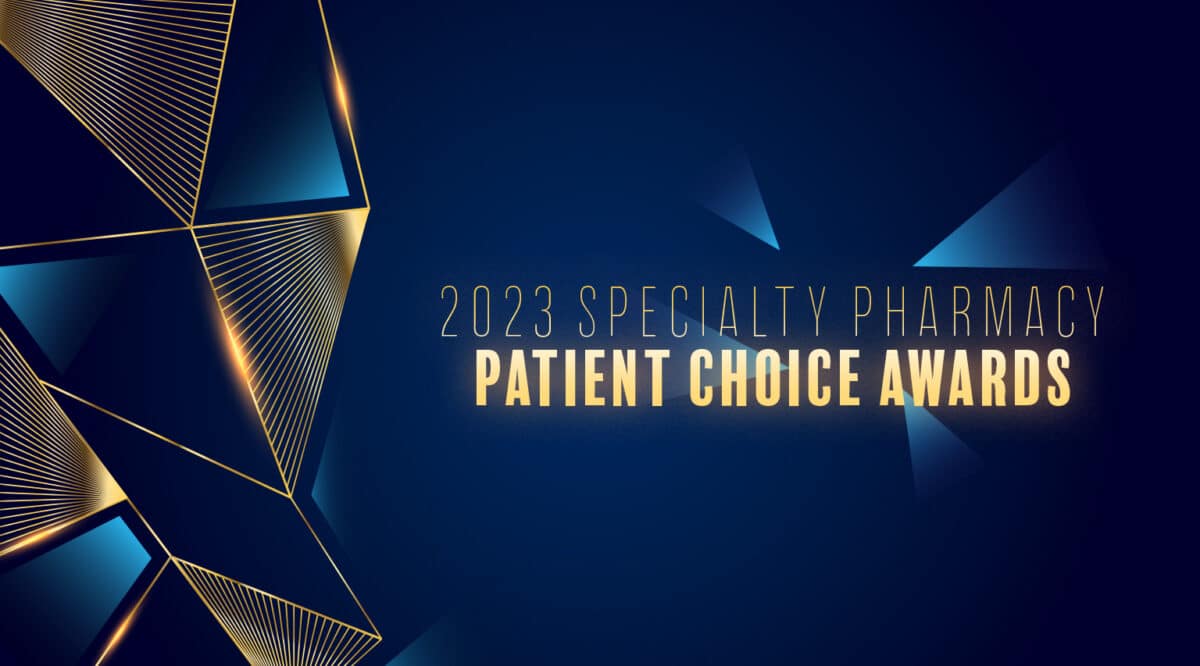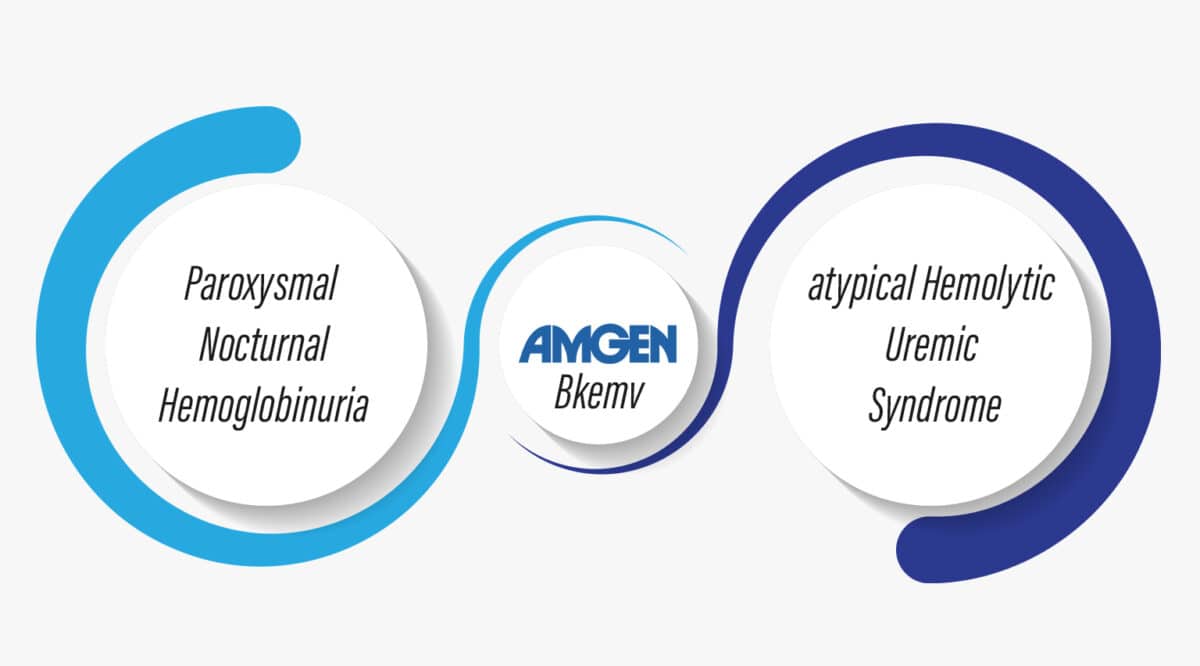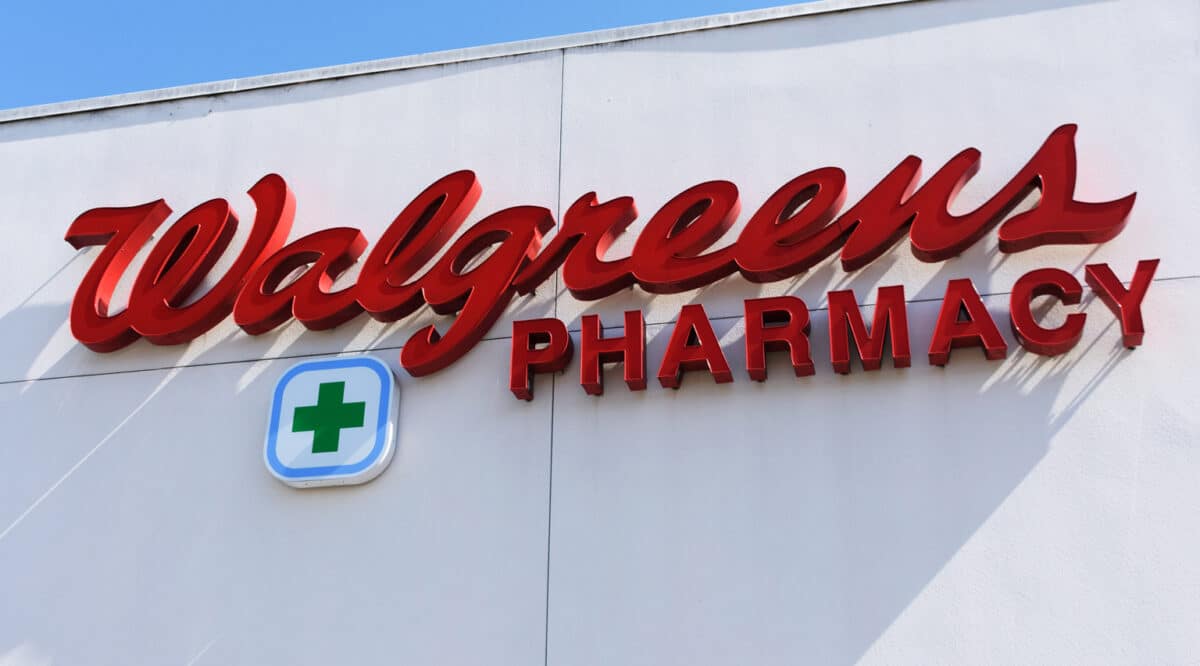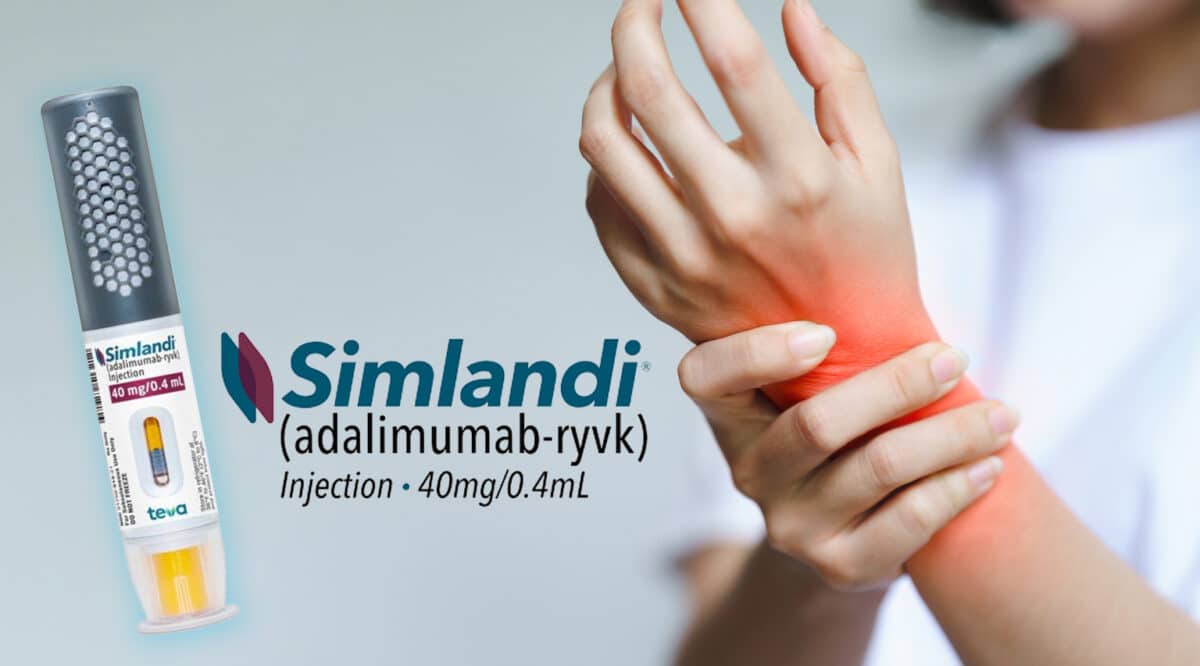Several weeks ago the winners of the 2023 annual specialty pharmacy Patient Choice Awards beauty pageant were announced. Sadly, the coverage of the event was limited to a small audience and seemingly never earned a mention in the media…. we track stuff like that closely. Oddly, none of the winners even published their own press release celebrating their good fortune…. yep, we track that kind of stuff too. The only source to pop up on our radar screen was from Managed Markets Insight & Technology (MMIT)….. which ran the pageant.
So as not to let the results go unnoticed here are the winners and the finalists in the four categories reviewed in the selection process —–
Hospital & Health System Specialty Pharmacy:
Qualitas Specialty Pharmacy (winner)
Parkview Health Specialty Pharmacy
Vanderbilt Health
Independent Specialty Pharmacy:
PANTHERx Rare Pharmacy (winner)
Parkway Specialty Pharmacy
Onco360 Oncology Pharmacy
Payer/PBM Specialty Pharmacy:
AcariaHealth Specialty Pharmacy (winner)
CHI Health
CenterWell Specialty Pharmacy (formerly Humana Specialty Pharmacy)
Retail Specialty Pharmacy:
Publix Specialty Pharmacy (winner)
Rite Aid
Sam’s Club
According to MMIT, the winners and finalists are calculated based on the highest average net promoter scores (NPS) from quarterly Zitter Insights Specialty Pharmacy Patient Satisfaction surveys throughout 2023. The Specialty Pharmacy Patient Satisfaction Survey was created to provide independent, objective benchmarking data across U.S. specialty pharmacies. Pharmacies rely on this data to evaluate their services, improve patient satisfaction, and drive scripts.
So, let’s shout out great big congratulations to all these specialty pharmacies as well as all those that work hard to provide superior service to their patients every day.
—————————————————————————-
MMIT Announces Winners of the Eighth-Annual Specialty Pharmacy Patient Choice Awards
Four leading specialty pharmacies honored for their dedication to the highest quality customer service
CLICK HERE to access the press release

